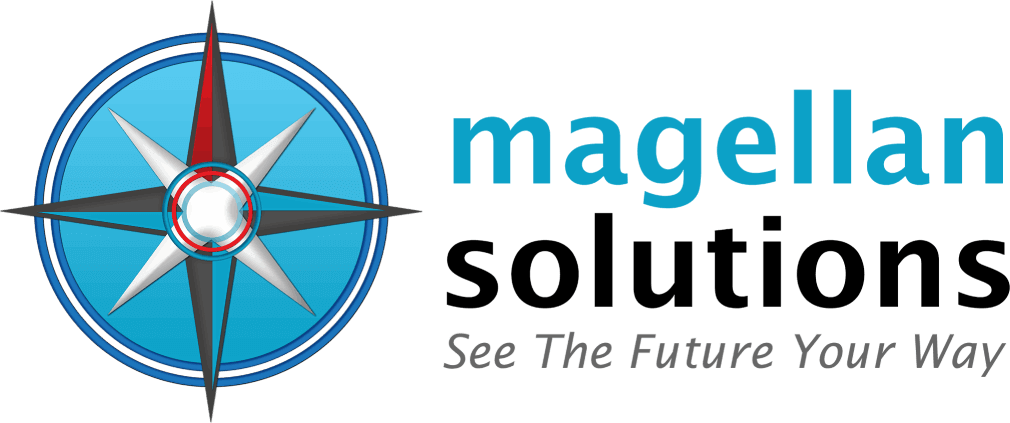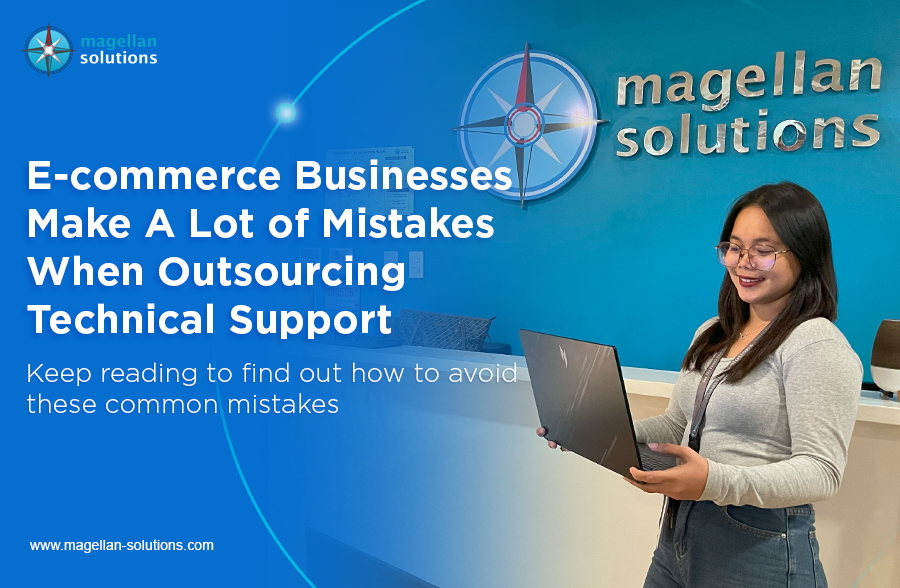Schedule a FREE call with our outsourcing expert now and get a precise quotation that meets your requirements. Don't wait - get started today!
Talent acquisition and management are the backbone of every thriving business. As management guru Peter Drucker once said, “The most valuable assets of a 20th-century company were its production equipment. The most valuable asset of a 21st-century institution, whether business or non-business, will be its knowledge workers and their productivity.”
A 2022 Gartner study found that 90% of S&P 100 companies now see the ability to find and hire top talent and human capital as significant risk factors in their annual reports. This highlights the importance of talent acquisition and management in achieving business success, regardless of the size of your company.
Keep reading to learn actionable strategies, focusing on key areas such as employer branding, succession planning, employee development, and hiring process optimization.
Understanding Talent Acquisition and Management
Talent acquisition and management encompass identifying, attracting, hiring, developing, and retaining skilled individuals who can contribute to an organization’s success. They go beyond filling job openings and creating a comprehensive strategy that aligns with the company’s long-term goals.
The talent acquisition process typically involves several stages:
Identifying Talent Needs
This stage involves determining what skills and roles the company requires to meet its goals. It includes analyzing current staff capabilities, forecasting future needs, and creating job descriptions for needed positions.
Sourcing Candidates
This step focuses on finding potential employees. Companies use various methods, such as job postings, employee referrals, social media, job fairs, and professional networks, to attract candidates who might fit their needs.
Screening and Evaluating Applicants
Once applications are received, recruiters review resumes and cover letters to find candidates who best match the job requirements. They may also use initial phone screenings or online assessments to narrow the pool of applicants further.
Interviewing and Assessing
Qualified candidates are invited for interviews, which may include multiple rounds with different team members. This stage often involves in-depth discussions about the candidate’s experience, skills, and fit with the company culture. Some organizations also use practical tests or simulations to evaluate candidates’ abilities.
Making Job Offers
After selecting the best candidate, the company extends a job offer. This typically includes details about the position, salary, benefits, and start date. Negotiations may occur at this stage to reach an agreement that satisfies both parties.
Onboarding New Hires
Once a candidate accepts the offer, the onboarding process begins. This involves introducing new employees to the company’s policies, procedures, and culture. It also includes setting up the necessary equipment, training, and integrating them into their team.
Optimizing the Hiring Process
An efficient and effective hiring process is essential for successful talent acquisition and talent management. To streamline the hiring process, the HR department may need to:
- Clearly define job requirements. Create detailed job descriptions outlining the specific skills, experience, and qualifications needed. This will help attract suitable candidates and set accurate expectations.
- Use data-driven approaches to identify the best sources of talent. Analyze past hiring data to determine which recruitment channels are most effective. Focus efforts on the most productive sources to improve recruitment efficiency.
- Implement applicant tracking systems to manage candidate information. Use software tools to organize and track job applications in one central location. This reduces time spent on administrative tasks and improves overall hiring process management.
- Conduct structured interviews to ensure consistency and fairness. Ask all candidates for a particular role the same predetermined questions in order. This reduces bias and allows for more objective comparisons between candidates.
- Utilize assessments and skills tests to evaluate candidates objectively. Use standardized tools to measure a candidate’s abilities, knowledge, or personality traits relevant to the job. This provides concrete data on candidates’ capabilities, complementing information from resumes and interviews.
- Provide timely feedback to candidates throughout the process. Keep candidates informed about their status in the hiring process. Prompt communication respects candidates’ time and helps maintain a positive company image.
Measuring and Optimizing Talent Acquisition and Management Efforts
To ensure the effectiveness of talent acquisition and management strategies, it’s crucial to continuously measure and optimize succession plans. Key metrics to track include:
Time-to-fill for open positions
This measures how long it takes to fill a job opening, from when it’s first posted to when a candidate accepts the offer. A shorter time-to-fill usually means the hiring process is efficient. If this time is too long, it might indicate problems in finding suitable candidates or delays in the hiring process.
Quality of hire
This metric measures how well new employees perform in their roles. Their job performance can be measured by how well they fit into the company culture and how long they stay with the company. High-quality hires are productive, work well with others, and remain with the company longer.
Employee retention rates
This shows the percentage of employees who stay with the company over a certain period. A high retention rate usually means employees are satisfied and choose to remain with the company. Low retention rates signal problems with job satisfaction, work environment, or compensation.
Internal promotion rates
This measures how often current employees are promoted to higher positions within the company. A high internal promotion rate can indicate that the company is successfully developing its employees and providing growth opportunities. It can also boost morale and retention.
Employee engagement scores
These are typically gathered through surveys asking employees about their job satisfaction, commitment to work, and feelings about the company. Higher scores usually mean employees are more motivated and productive. Low scores indicate problems with the work environment or management practices.
Return on investment for training and development programs
This measures the benefits gained from money spent on employee training and development. It can be calculated by comparing the cost of these programs to improvements in employee performance, productivity, or other business outcomes. A good return on investment shows that the training programs are effective and worth the cost.
By regularly looking at these measurements, companies can see what’s working well and what needs improvement in how they find, hire, and manage employees. For example:
- If it takes too long to fill open positions, the company might need to improve its recruitment process or expand its candidate search methods.
- If the quality of hire is low, the company might need to improve its selection process or onboarding program.
- Low employee retention rates signal a need for better compensation, more growth opportunities, or improvements to the work environment.
- Low internal promotion rates could indicate a need for better employee development programs or clearer career paths within the company.
- Poor employee engagement scores might call for changes in management practices, workplace policies, or company culture.
- A low return on investment for training programs might mean the company needs to redesign its training or choose different development activities.
By understanding these metrics and making changes based on them, companies can improve their ability to find and keep good employees, improving the company as a whole.
Find Your Perfect Crew with Magellan Solutions!
Are you a small business owner struggling to find and keep great employees? Magellan Solutions is here to help you create a winning team. Managing people can be tough, especially when you’re focused on growing your business.
Here’s how we can make a difference:
- We’ll help you attract the right talent for your company
- We’ll streamline your hiring process to save you time and money
- We’ll show you how to keep your best employees happy and motivated
- We’ll help you plan for the future by developing your team’s skills
Make your business stronger with the right people. Magellan Solutions helps you find and keep great workers who will help your company grow. Contact us now! We make hiring and managing employees easier so you can focus on what you do best.
















